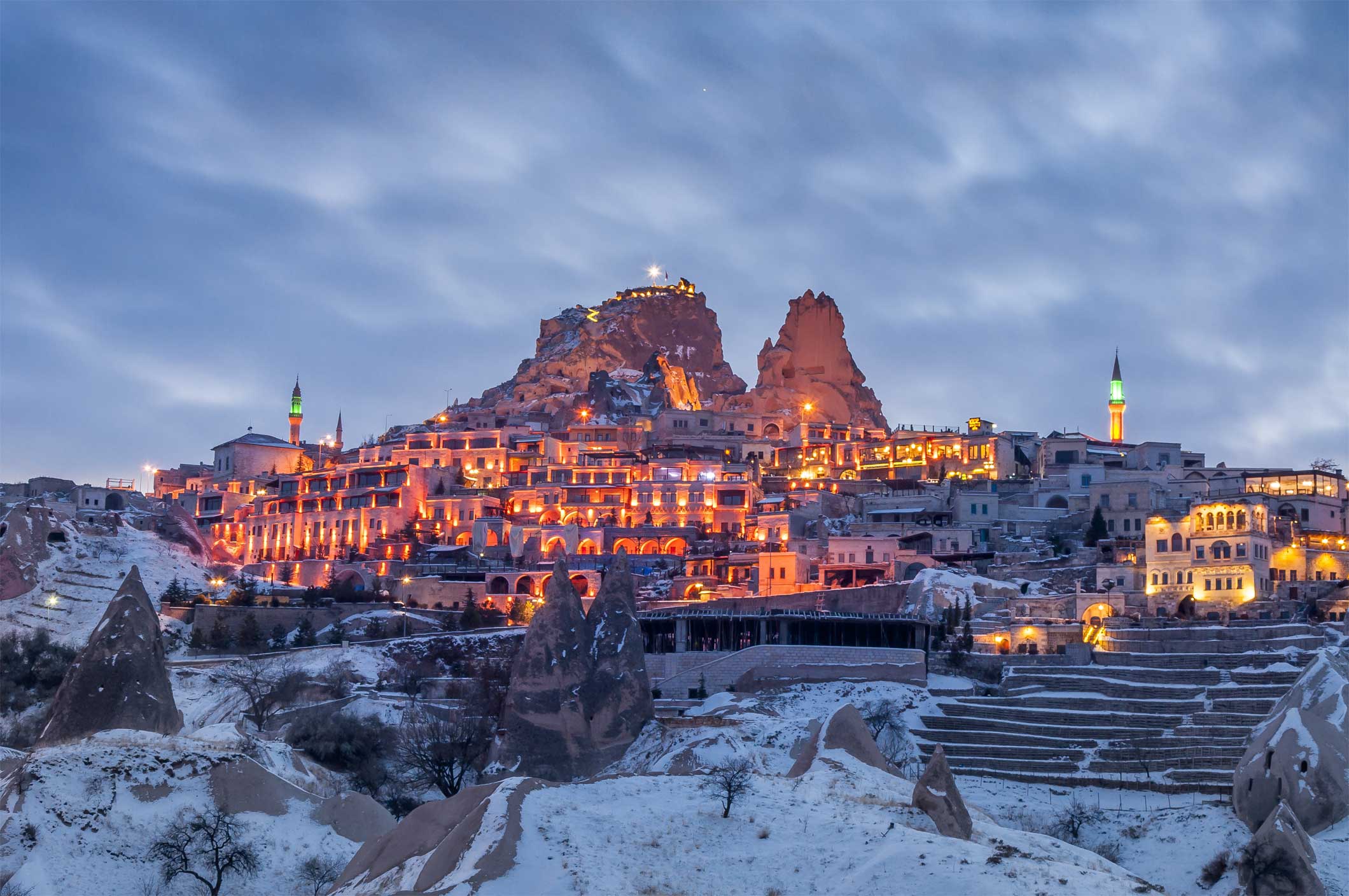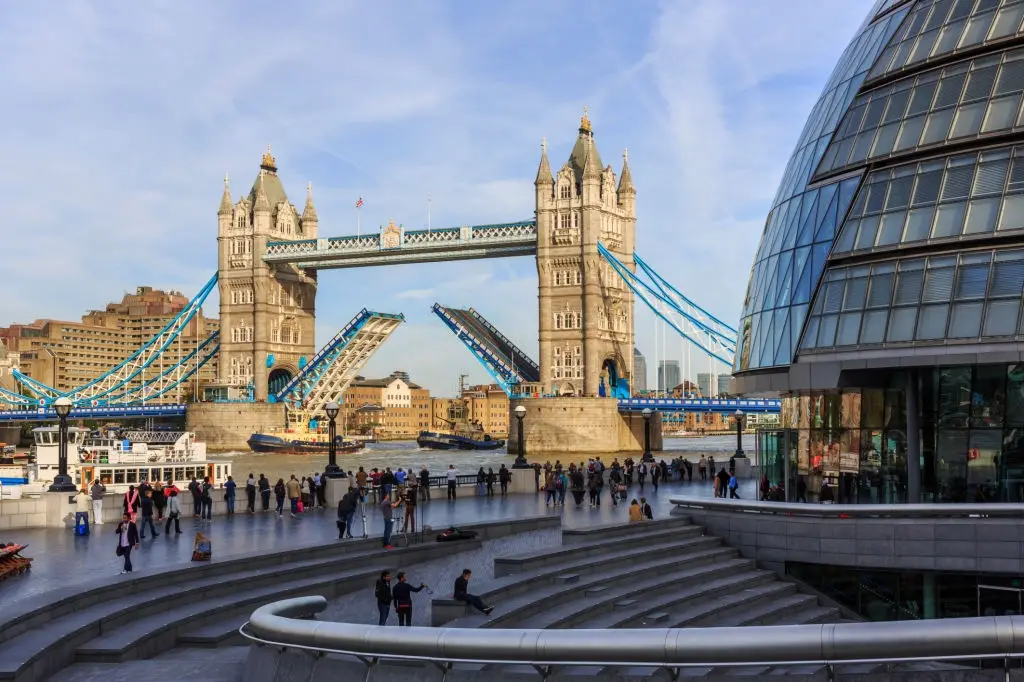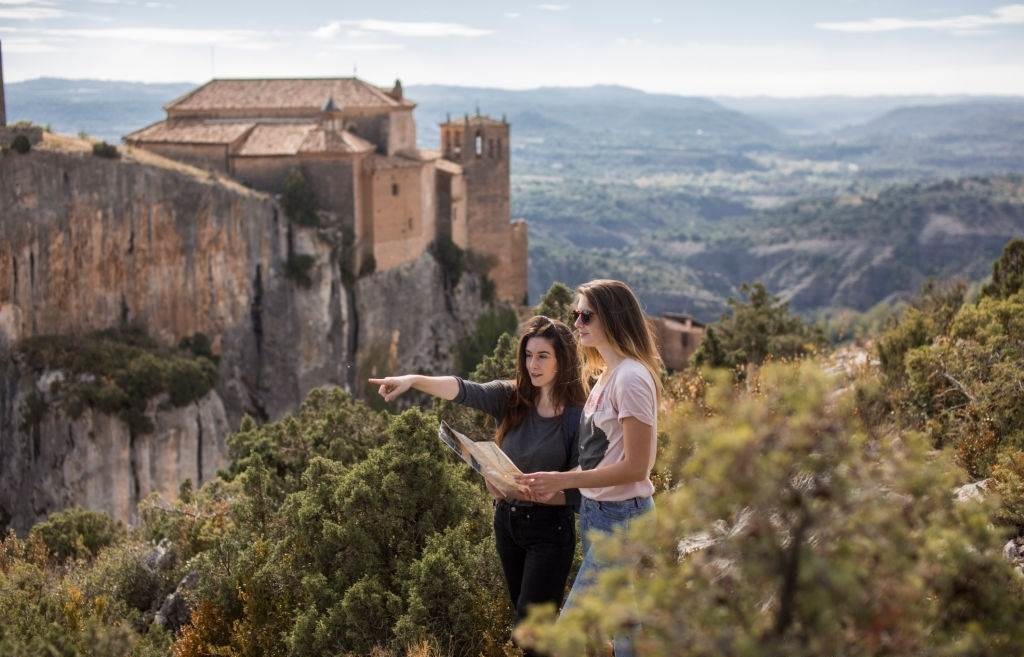Uchisar Castle is the natural rock citadel that crowns Cappadocia’s horizon. Carved into a giant tuff outcrop and riddled with passages, storerooms, and lookouts, it has guarded the heart of central Anatolia for centuries and today offers some of the most sweeping panoramas in Turkey.
This comprehensive guide brings together history, geology, practical visiting information, and on-the-ground travel tips so you can plan a confident, rewarding visit to Uchisar Castle and understand what you’re looking at when you get there.
Uchisar Castle Overview
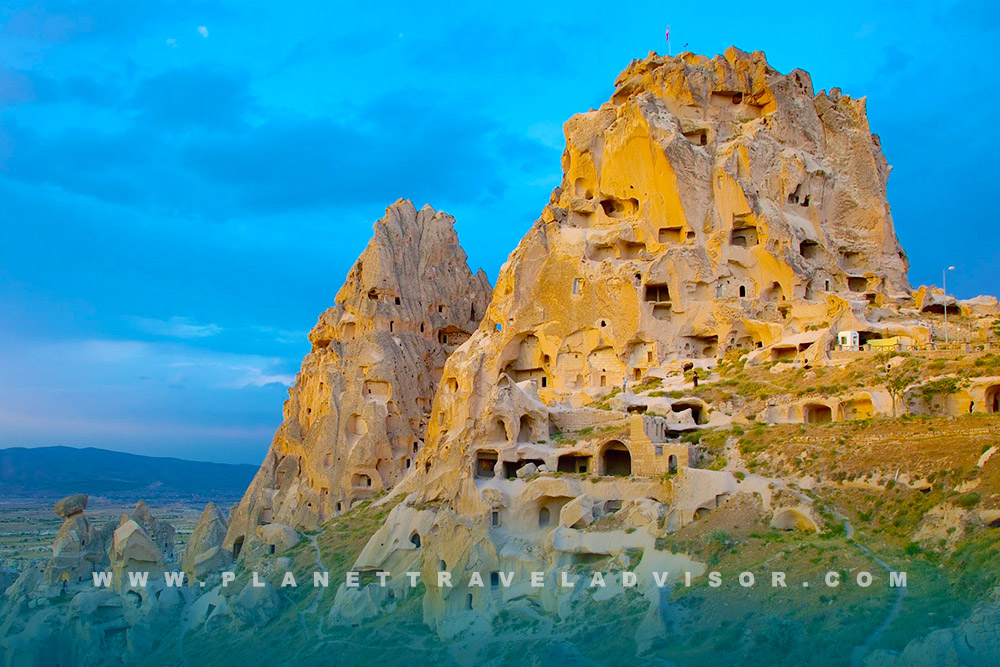
Set at the western fringe of Göreme National Park, Uchisar Castle rises above the village of Uçhisar and the sculpted valleys that make Cappadocia famous. The “castle” is not a man-made fortress in the conventional sense but a 60-metre-tall volcanic rock cone that locals hollowed into dwellings, chapels, cisterns, and defensive lookouts. It’s often cited as the highest accessible viewpoint in Cappadocia, making it a natural place to orient yourself on day one.
While the rock citadel itself is not a standalone UNESCO inscription, the broader landscape it commands, Göreme National Park and the Rock Sites of Cappadocia, has been on the World Heritage List since 1985 for its extraordinary blend of natural formations and historic rock-cut settlements. Uchisar Castle sits within this protected cultural landscape.
Uchisar Castle's History Across Empires
Human use of the site likely began in Roman or early Byzantine times, when residents started tunneling into the soft tuff to create secure living spaces. By the 7th century, as Arab–Byzantine conflicts intensified, the citadel’s defensive potential made it a strategic lookout and refuge; later, the Seljuks also used it after the 11th century. A 14th-century chronicle contains one of the earliest specific references to Uçhisar, underscoring its medieval prominence.
What you see today is a honeycomb of domestic rooms, storerooms, guard posts, passageways, and dead ends, some of them blocked by collapses, bearing witness to centuries when communities lived inside the rock. Millstone doors, similar to those in Cappadocia’s underground cities, could be rolled across tunnel mouths in times of danger to seal off sections of the complex.
Geology and the Landscape of the Uchisar Castle
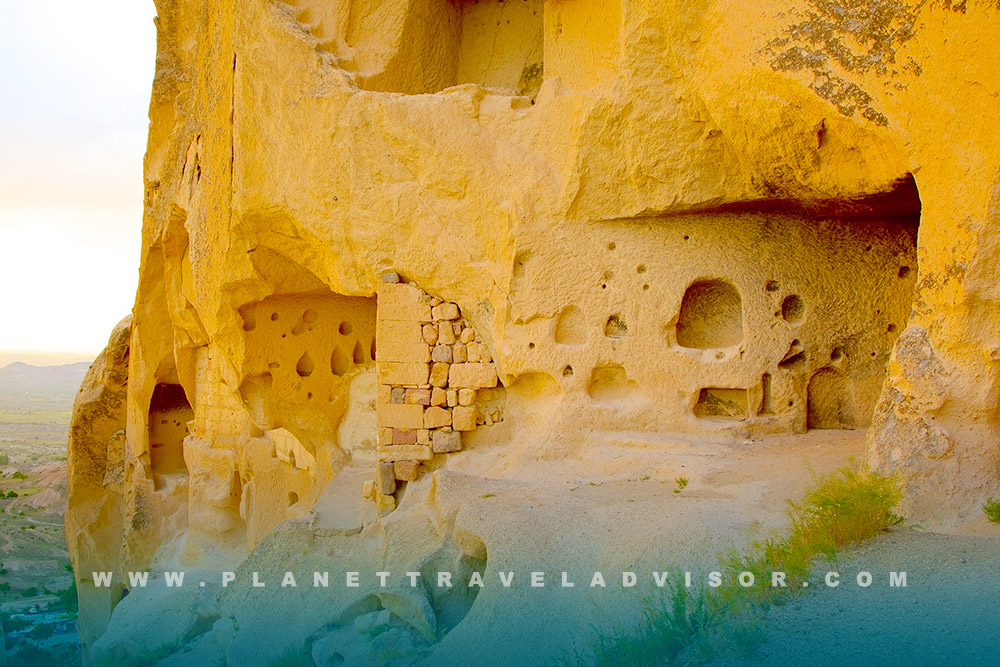
The spectacular shape of Uchisar Castle is the result of volcanic fury and patient erosion. Millions of years ago, eruptions from volcanoes like Erciyes, Hasan, and Göllü spread ash across this plateau. That ash solidified into soft tuff, capped in places by harder rock. Over time, wind and water carved the familiar “fairy chimneys,” ridges, and conical towers, one of which became the natural stronghold of Uchisar. The UNESCO dossier for the Göreme site outlines this geology and the way people adapted by digging into the rock rather than building on top of it.
From the summit of Uchisar Castle, you can read the geology like a map: the textures of Pigeon Valley immediately below, a lattice of conical chimneys punctuated with dovecotes, and, on clear days, distant views toward Mount Erciyes. It’s a scene that explains why Cappadocia is as much a cultural landscape as a natural one.
Architecture and Interior Features of the Uchisar Castle
Because the “walls” are the rock itself, much of Uchisar Castle is interior. Carved chambers once served as kitchens, sleeping quarters, and storage. Long gallery-like corridors lead to small windows that were perfect for observation and defense. Look for niches blackened by centuries of hearth smoke and for cisterns that captured precious rainwater. In several areas, you can still see the slots where millstone doors sat, massive circular stones that rolled to secure a passage.
The climb to the top is straightforward but atmospheric: about 120 steps in total, sometimes uneven or wind-swept. Take your time and pause at terraces to peek into interconnected rooms.
Practical Information for Uchisar Castle Visitors
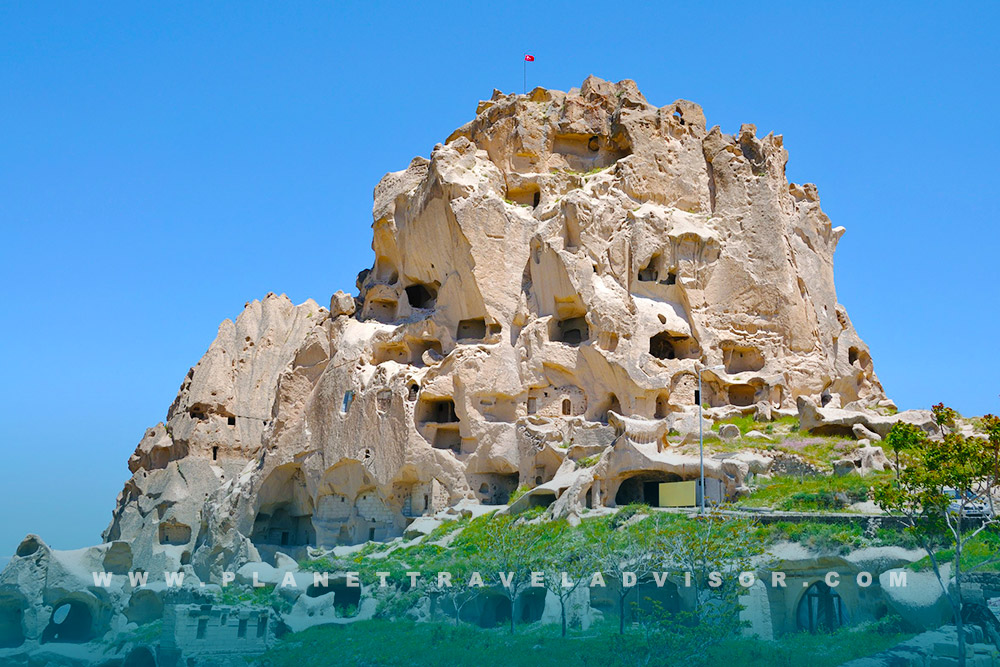
- Opening hours. Hours vary seasonally. As of early 2025, typical hours are roughly 08:00–19:00 in summer (April–October) and 08:00–17:00 in winter (November–March), with last entry about 30 minutes before closing and partial holiday closures in the morning on major religious holidays. Always check locally before you go.
- Tickets. Recently published guidance places general admission around the equivalent of US$6 in 2025, paid on-site. Because the site is managed locally by the municipality rather than the national ministry, the Museum Pass that covers many state-run museums in Cappadocia is typically not accepted here; expect separate payment. Local sources also note Turkish-citizen pricing tiers. Confirm current rates on the ground, as fees can change.
- Time on site. Most visitors spend 45–75 minutes at Uchisar Castle, longer if lingering for sunset.
- What to wear. Closed shoes with decent grip, a light layer (it can be windy at the top), and sun protection are wise in all seasons. Winters can be icy; in summer, take water for the climb.
Uchisar Castle Within the Unesco Landscape
Visiting Uchisar Castle is also a front-row seat on a UNESCO World Heritage landscape. The Göreme–Uçhisar–Ürgüp triangle contains scores of rock-cut churches and ancient habitation sites, as well as entire subterranean cities like Kaymaklı and Derinkuyu.
The official UNESCO description emphasizes both the geological processes and the long record of human settlement carved into the rock, much of which you can glimpse from Uchisar’s terraces.
Best Times for Views and Photography for the Uchisar Castle
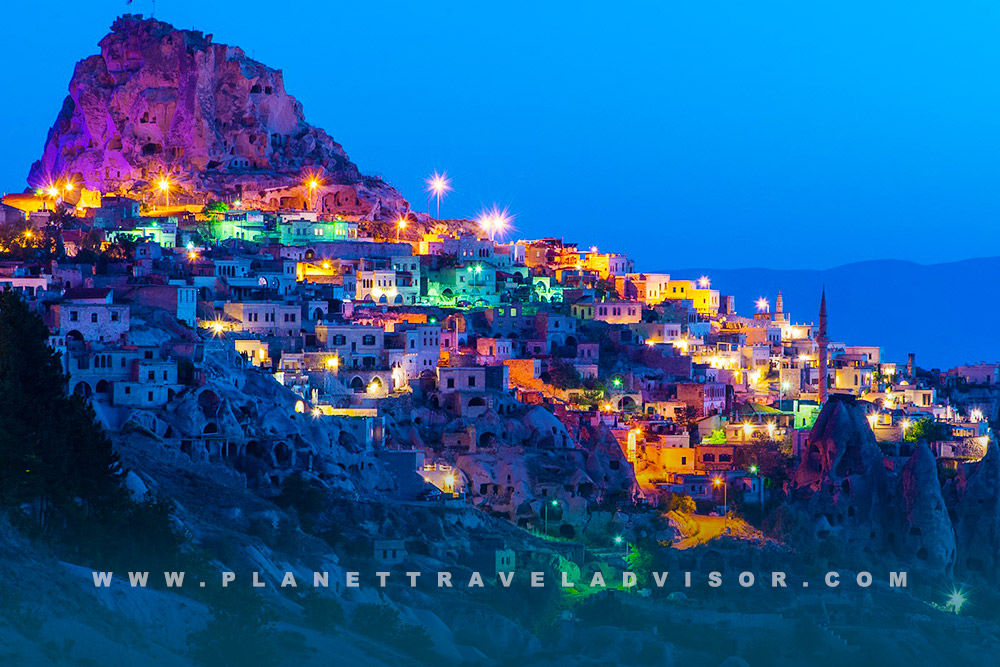
For many travelers, sunrise in Cappadocia is synonymous with a sky full of hot-air balloons. While balloon operators vary their routes with the wind, mornings around Uchisar Castle can be magical as the sun warms the tuff formations. Sunset is equally compelling, with long shadows pulling texture out of the valley walls. Arrive 45 minutes before the golden hour to explore the terraces, then settle on the top platform.
Midday light is harsh much of the year. If that’s when you visit, look for compositions that use the tunnels and windows to frame the landscape, or step down to lower terraces where rock faces cast natural shade.
Uchisar Castle: How to Get There
By car or taxi. Uçhisar sits about 7 km east of Nevşehir and is a short drive from Göreme; taxis are plentiful throughout Cappadocia. The site has a dedicated access road and pay point near the base of the citadel.
By local transport. Regular minibuses link Nevşehir and nearby towns with Uçhisar, and the regional tourism portal notes frequent road connections into the village. If you’re based in Göreme, it’s a quick taxi or a scenic hike through Pigeon Valley.
On foot. Hikers often approach Uchisar Castle via Pigeon Valley, following a well-trodden path that starts near Göreme and climbs gently past dovecotes and orchards to the base of the rock citadel. It’s a classic Cappadocia walk, budget two to three hours with photo stops, plus the climb to the summit.
Nearby Attractions Worth Pairing at the Uchisar Castle
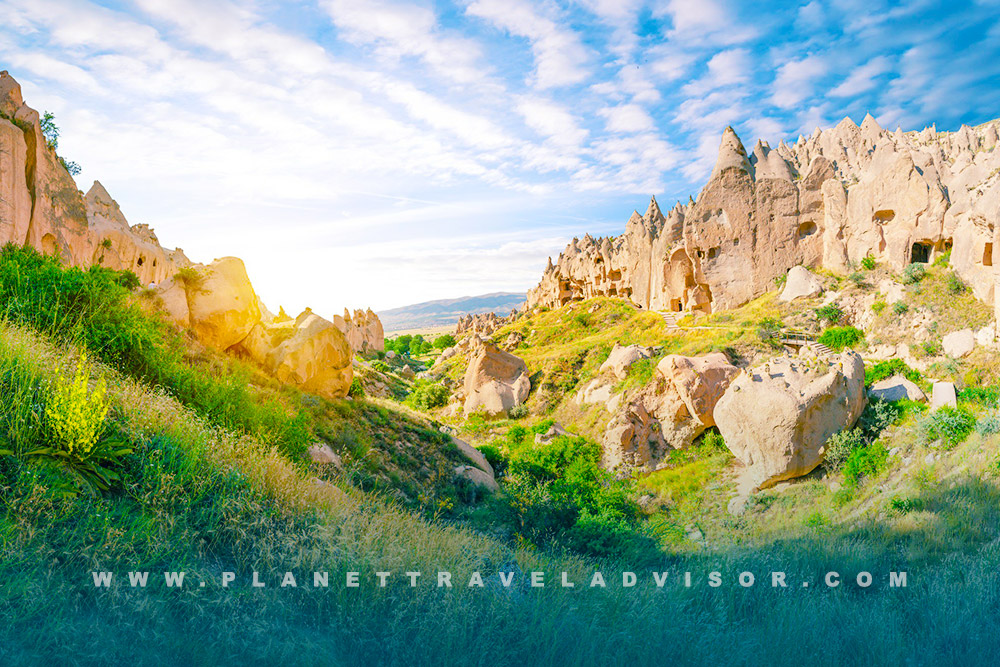
Göreme Open-Air Museum: A short drive from Uchisar Castle, this complex of cave churches contains some of Cappadocia’s finest frescoes and is a cornerstone of the UNESCO inscription. Time your visit either early morning or late afternoon to avoid crowds.
Ortahisar and its rock citadel: Think of it as Uchisar’s sibling, another dramatic rock tower with a small village nestled around it. Pairing the two reveals how different communities adapted to similar geology.
Underground cities: Kaymaklı or Derinkuyu add the “below-ground” dimension to your Cappadocia story, multi-level refuges complete with kitchens, wineries, and ventilation shafts. They’re part of the same regional tradition that produced the rock-cut labyrinth inside Uchisar Castle.
Where to Stay and Eat in the Uchisar Castle
Uçhisar village has evolved from a farming hub to a boutique-hotel enclave, with many stone houses converted into intimate cave-style accommodations. Staying here puts you a few steps from sunrise viewpoints and a short stroll or taxi from the Uchisar Castle entrance, while Göreme, with its denser cluster of cafés and tour services, lies just down the road.
Dining runs the gamut from traditional Anatolian kitchens to smart rooftops built into the rock. For casual fuel before or after your climb, small tea gardens near the base serve gözleme, simit, and Turkish tea with postcard views.
Uchisar Castle Facts at a Glance
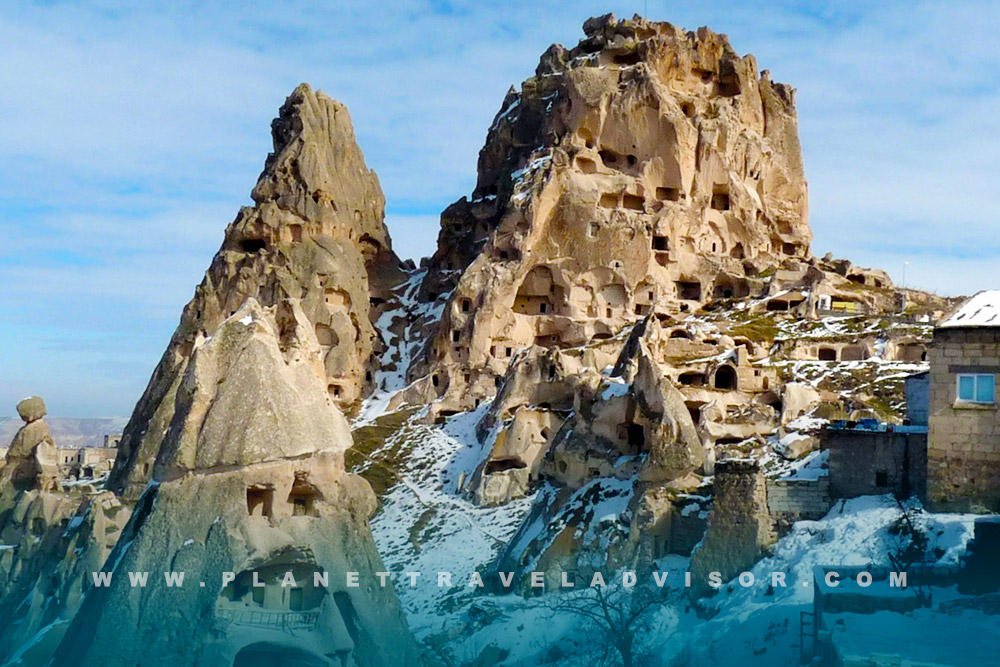
To anchor your visit with a few clear facts:
- What it is: A naturally formed tuff outcrop hollowed into a multi-level citadel of rooms, passages, and lookouts.
- Height: Roughly 60 metres tall, dominating views for miles around.
- Steps: About 120 steps to the summit terraces.
- UNESCO context: Inside the Göreme National Park and the Rock Sites of Cappadocia World Heritage landscape, inscribed in 1985.
- Typical hours: Summer roughly 08:00–19:00; winter roughly 08:00–17:00; last entry ~30 minutes before closing.
- Tickets: Around US$6 in 2025; Museum Pass generally not valid because it’s municipally managed.
The Final Thoughts for Travelers
There are few places where geology, human ingenuity, and sheer romance of place come together as completely as at Uchisar Castle. The climb is short, but the perspective you gain on Cappadocia’s history, on its clever use of stone and space, on the vastness of the Anatolian plateau, lingers long after you descend. Whether you’re staying in Uçhisar or day-tripping from Göreme, build this summit into your itinerary. Go when the light is low, take your time among the rooms and terraces, and let the landscape tell its story.
Discover Turkey with Planet Travel Advisor, where ancient wonders, vibrant culture, and breathtaking landscapes await at every turn. Journey through the timeless beauty of Istanbul, float above the dreamlike valleys of Cappadocia, and walk among the awe-inspiring ruins of Ephesus, all with handpicked boutique stays, skip-the-line access, and expert local guides who bring history to life. With exclusive seasonal deals and limited spring and autumn departures, now is the time to secure your spot. Your unforgettable Turkey vacations start here. Book now.

